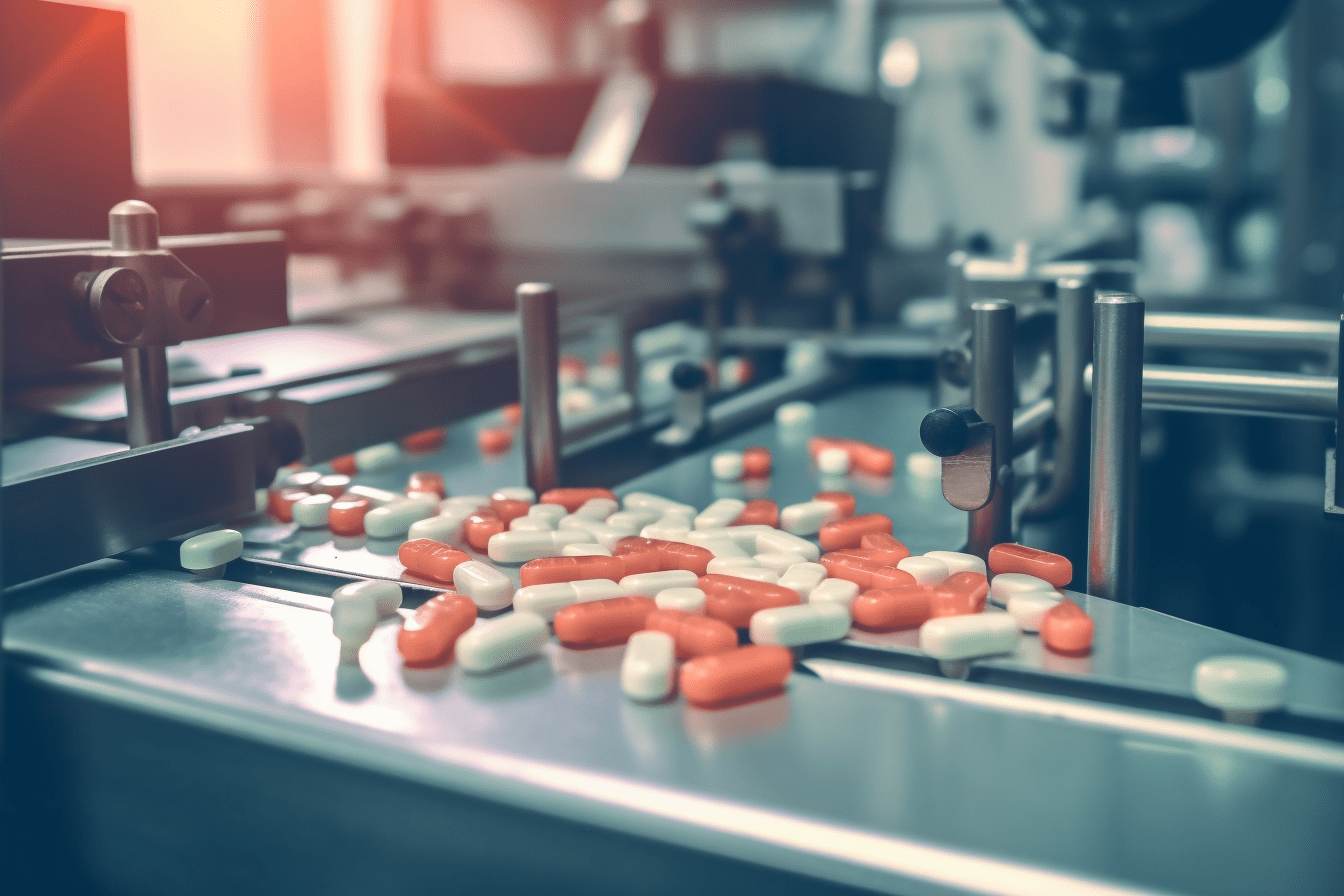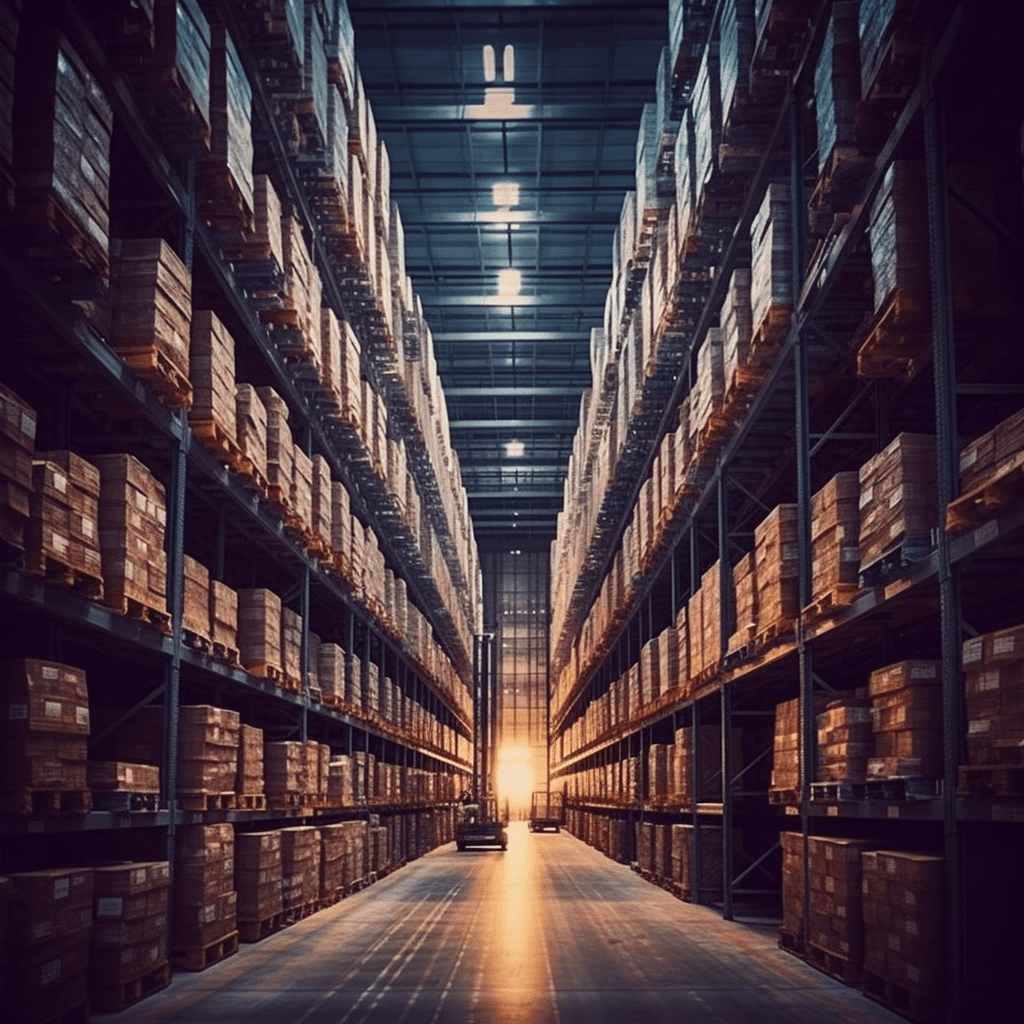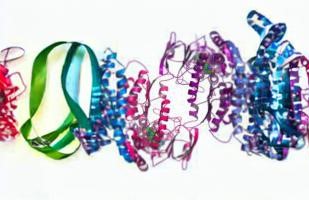How will COVID-19 Change Biomanufacturing?
 5 years ago
By Josh Neil
5 years ago
By Josh Neil

The COVID-19 pandemic proved how ill-equipped the world was for a virus of that scale and potency. In the first months of the pandemic, businesses across all sectors scrambled to prepare their processes and supply chains for the coming disruption, caught unawares by the sudden and enormous changes.
Naturally, one of the sectors most affected by COVID-19 was the pharmaceutical industry, and within pharma biomanufacturing had the potential to be hit hardest. Reliant not only on global travel and well-planned timelines, biomanufacturing also deals with products central to solving the pandemic threat: vaccines.
It is inevitable that change at this scale will revolutionise the field. But how will biomanufacturing shift in the years after COVID has faded from the headlines? Ahead of its Biomanufacturing Strategy Meeting this October, Proventa finds out more.
Transport and Supply
Almost every industry’s transport and supply chains have suffered during the COVID-19 pandemic, including in biomanufacturing, where tight timescales and sensitive payloads are commonplace. Though the impact has largely been less critical than was feared, drug shortage worries and the problem of export embargoes have meant that managing the supply chain has been a greater worry than ever.
During the height of the pandemic, air traffic to and within the United States was heavily disrupted: according to one report almost 50% of flights were cancelled between mid-March and April 2020. As a large percentage of cell therapy products travel via commercial airways, these cancellations had a significant effect on the sector’s supply chain, exacerbated by the potential for couriers to be unable to travel internationally, either due to health reasons or border restrictions.
A key contributor to this challenge is the fact that many pharma companies have concentrated their manufacturing centres in one or two places, often either in China or in India – two countries where considerable lockdowns were or are imposed and much of the workforce unable to work.
Over the coming years, it is expected that this problem will be dealt with by moving manufacturing to less-impacted markets, avoiding critical delays when a major manufacturing country is hit with export difficulties. Spreading factories across a few countries will avoid this risk, though in the short term it will cause greater difficulties due to the tight regulations and need for precise capabilities involved in setting up a factory.
This will certainly increase complexity within the supply chain. Paired with extra regulatory burdens on working with partners, it is important that pharma companies work to digitise their supply chain as soon as possible, to ensure track and trace, monitoring and licensing requirements are sufficiently met.
Vaccines under COVID-19
Naturally, vaccines are the area most directly affected by the COVID-19 pandemic. The rush to produce a solution to the virus has driven pharma companies to unprecedented speed in vaccine research: but it is not only the speed of the development that will change post-COVID but how the industry looks at vaccine creation more widely.
Traditional vaccines, made in eggs or from blood plasma, lack the swift creation and simplicity that is needed today. The industry has turned from these older forms to more modern developments including recombinant antigen-, DNA- and mRNA-based solutions which are not only safer but can respond rapidly to future pandemics with high rates of mortality.
The changes made during COVID will also enable pharma experts to re-examine other products that in the past have seemed too expensive to run. Such vaccines would use established bioprocess operations that have already been thoroughly tested across a number of modalities, but have so far been too expensive to consider over current vaccine production methods.
The pandemic has changed the cost-risk-benefit balance of vaccines, however: now, area professionals are working ceaselessly to create new biomanufacturing operations that can make more advanced and cost-effective vaccines in large quantities. This will continue as these fields continue to receive additional resources, creating new vaccine possibilities in the wake of the virus.
In which direction the vaccine field goes will depend somewhat on which of the potential COVID-19 vaccines proves effective; but it is also certain that this period in history has changed how stockholders view the importance of vaccine creation. It is also inevitable that the speed with which these vaccines have been made will not be a passing trend: with the knowledge that vaccines can go from initial stages to phase 3 in under a year, a new standard will be set that future vaccines will be held up to.
Cell Therapies
The cell therapy space has also been dramatically altered by the onset of COVID-19. Autologous cell therapies, which collect cells directly from the patient rather than from a healthy third party, have naturally been impacted by the need for social distancing. Beyond the difficulty of patients visiting apheresis centres, there is also the difficulty of undertaking treatment regimes which weaken immune systems.
Beyond this, the supply chain for cell therapies has been particularly interrupted by COVID, depending as it does on strict timeframes for delivery of cells to centralised manufacturing facilities. Due to the variable nature of supply in the pandemic, more patients than ever are opting to delay their therapies where possible to ensure greater safety, with companies like Eli Lilly and Pfizer announcing delays to their trials for patient safety reasons.
To counter these difficulties, the future will see a broader base of cell donors from which to draw. This will create greater resilience in the supply chain, removing the need for companies to rely on a small number of ‘super donors’ from which cells are sourced.
Another change that could ensure greater industry robustness is greater use of cryopreservation. Storing cell material will allow patients to have access to therapies even during times of disruption, as well as potentially allowing for cell collection nearer to the patient themselves, thus cutting down the potential for interruptions to the process. While uncertainties still exist around the implications of freezing cells for therapy, the process offers a potential solution to the severe disruptions pandemics can cause in cell therapies.
Business Decisions
Beyond area-specific changes that will follow in the years to come, there are a number of business-specific modifications that companies should or will be adopting to prevent future difficulties during a pandemic.
The first of these will be patient-centric: in line with the current trend in the sector, focusing considerably more on the patient’s thoughts and feelings is critical for companies facing the public, particularly those dealing with trials. Understanding how patients are dealing with the pandemic, their difficulties and in what way they feel safe undertaking trials is key to maintaining a working trial during times of crisis.
This also applies to stakeholders. Understanding what healthcare providers need and when they are able to engage further in the business chain is vital to working together.
This change has seen, and will continue to see, a rapid positive change in the use of digital equipment for more hybridised trials. The use of econsent and eCOA software to digitally sign patients up and increase understanding, as well as the use of wearable technology, video discussions and social media can all increase patient compliance and retention without the need to breach social distancing measures or put lives at risk. A survey conducted in April 2020 pointed to a 6x increase in patient engagement remotely across a number of specialties and geographies.
Conclusion
The impact of COVID-19 will not disappear alongside the virus. Whether or not the wider world will be changed by this virus, as many have suggested it might be, is unknowable. But it is certain that biomanufacturing will never go back to what it was before the creation of the COVID-19 vaccine. In terms of supply chain planning, vaccine creation and business decision-making, the pandemic of 2019 has pushed the field into new and exciting territories, from which it will not return.
Joshua Neil, Editor
Proventa International
To ensure you remain up-to-date on the latest in clinical development, sign up for Proventa International’s online Biomanufacturing Strategy Meeting 2020.

Enhancing Pharma Manufacturing Efficiency through Advanced Automation
In today's fast-paced pharmaceutical industry, efficiency plays a critical role in meeting the increasing demands for drugs and medical products. To achieve optimal efficiency, pharmaceutical manufacturers are turning to advanced automation solutions. Advanced automation encompasses cutting-edge technologies like robotics, artificial...
2 years agoEnhancing Pharma Manufacturing Efficiency through Advanced Automation
In today's fast-paced pharmaceutical industry, efficiency plays a critical role in meeting the increasing demands for drugs and medical products. To achieve optimal efficiency, pharmaceutical manufacturers are turning to advanced automation solutions. Advanced automation encompasses cutting-edge technologies like robotics, artificial...
2 years ago
Improving Warehouse Efficiency: The Role of Technology and Best Practices
In the fast-paced world of supply chain management, warehouse efficiency plays a pivotal role in ensuring timely and accurate order fulfillment while minimizing costs. With the rising demands of e-commerce and globalization, businesses are continually seeking innovative ways to optimize...
2 years agoImproving Warehouse Efficiency: The Role of Technology and Best Practices
In the fast-paced world of supply chain management, warehouse efficiency plays a pivotal role in ensuring timely and accurate order fulfillment while minimizing costs. With the rising demands of e-commerce and globalization, businesses are continually seeking innovative ways to optimize...
2 years ago
DeepMind’s AI Predicts Structures for More Than 350,000 Proteins
In 2003, researchers sequenced approximately 92% of the human genome, a huge achievement and very recently researchers have completed the entire process. Now, the latest innovation in AI technology has predicted the structure of nearly the entire human proteome. The...
4 years agoDeepMind’s AI Predicts Structures for More Than 350,000 Proteins
In 2003, researchers sequenced approximately 92% of the human genome, a huge achievement and very recently researchers have completed the entire process. Now, the latest innovation in AI technology has predicted the structure of nearly the entire human proteome. The...
4 years ago